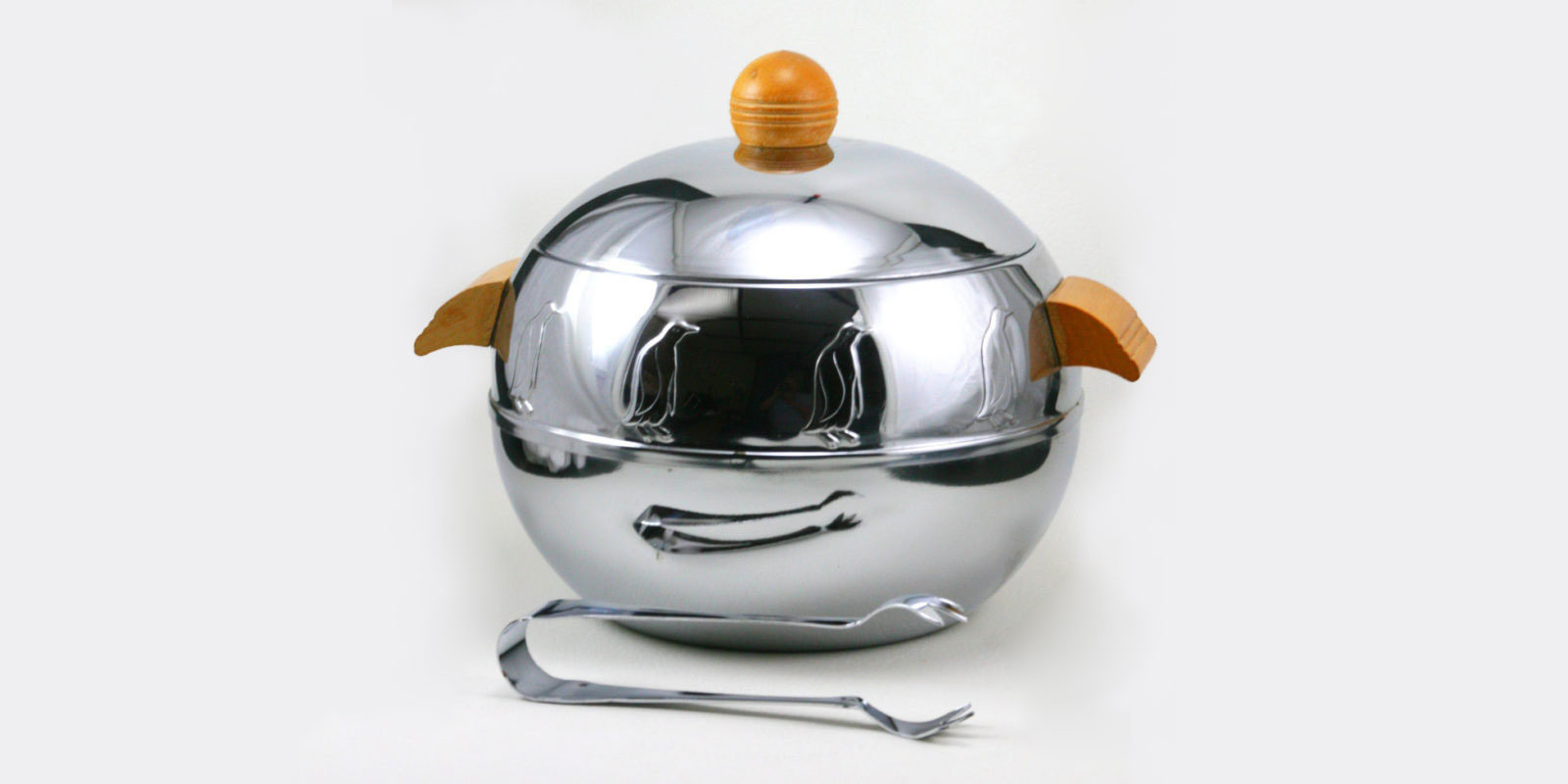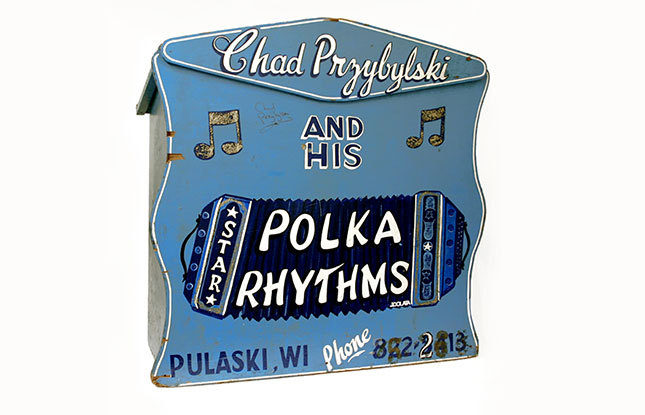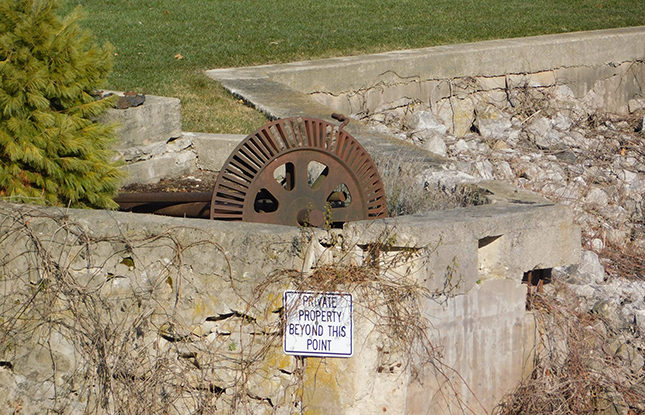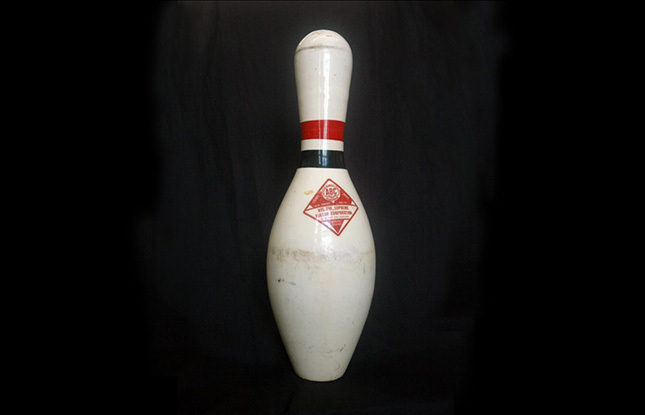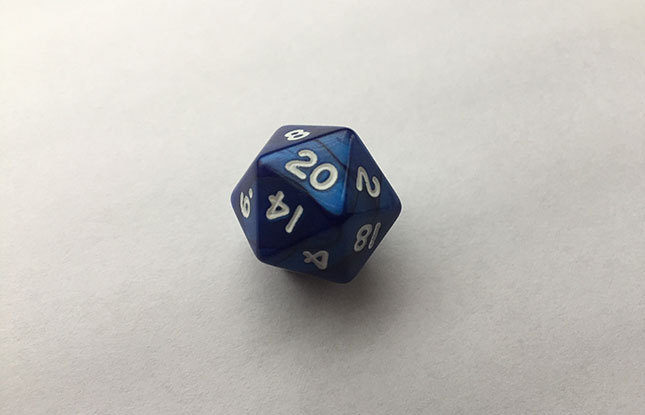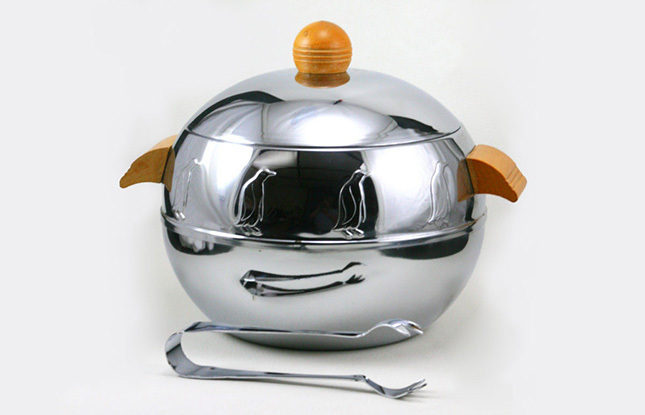You can learn a lot about Wisconsin history from a 20-sided die.
And a wooden bowling pin.
And a penguin-shaped serving dish.
Each of these unusual and specific objects is part of the virtual history paradise that is Wisconsin 101: Our History in Objects, a website and public history partnership that pairs the UW-Madison Department of History with the Wisconsin Historical Society and Wisconsin Public Radio to raise awareness about the ways in which our state’s history ties us all together. Anyone—students, amateur historians, a random resident in Prairie du Chien, or anywhere—is free to propose, research and write about the history of an object that sheds light on the bigger story of Wisconsin. Wisconsin 101 staff help with vetting and research particulars.
“Here we are, in a state with a lot of distrust between its rural and urban residents, not understanding why our shared history might be important,” says Sarah Thal, the David Kuenzi and Mary Wyman Professor of History who helped launch the project back in 2016. “At the same time, we have students not understanding what they can do with the degrees they’re earning. What could we create that could speak to both?”

The answer turned out to be a website that served as a sort of crowdsourced virtual museum, a collection of stories and images about familiar objects with deeper connections to Wisconsin history. Take that 20-sided die, which game developer Gary Gygax made the centerpiece of Dungeons & Dragons, the seminal role-playing game he created in Lake Geneva, Wisconsin in 1974. For several years, a writeup on an aluminum penguin server, a kitschy callback to the post-World War II years when West Bend was the center of the aluminum cookware industry, was the most popular item on the site, and it, along with the story about the Vulcan bowling pin’s connections to Japan, remains among Thal’s favorites.
“The stories have to be focused on an object tied to a particular place in Wisconsin,” says Thal. “After that, the sky’s the limit.”
The website started out slowly, struggling to attract content contributors and identify its target audience. But in the past several years, it’s picked up steam as Thal, co-director and Emeritus Professor of the History of Science Tom Broman and Cortney Anderson Kramer, the art history graduate student who currently serves as the site’s managing editor, have beefed up the number of student interns they employ. Today, in addition to its public-history aspects, the site is focused on providing lesson-plan material for educators and training students how to write, conduct research and communicate with public audiences.
One of those students is Daniel Prohuska, a sophomore history major from Grafton, Wisc., about 20 minutes north of Milwaukee. Prohuska was dimly aware that his hometown also happened to be the one-time home of Paramount Records, a recording studio where blues pioneers like Blind Lemon Jefferson and Ma Rainy recorded and pressed their 78 rpm- vinyl album singles. Prohuska ended up writing an entry for the site about the rusted power wheel that once powered the Paramount factory.
“It’s a central point in music history, and nobody knows about it,” says Prohuska. “I thought I had a good understanding, but there were a lot of things I didn’t know. And there’s history like this in every small town in Wisconsin.”
After spending last fall as one of Wisconsin 101’s regular project interns, Prohuska has remained with the project as an outreach and social media intern, trying to find ways to connect with organizations in the communities the site highlights. His association with Wisconsin 101 has also altered and expanded his planned career trajectory. Instead of aiming for a career in academia, he’s now studying both history and journalism, with an emphasis on strategic communications, hoping to end up in a public relations or communications role at a university or in politics. For him, the storytelling aspects of his Wisconsin 101 work have been the most important.

“For history students, Wisconsin 101 is an option to do research and have a finished project published on a university website,” says Prohuska. “It teaches you skills you can use anywhere.”
Several of the object-related writeups on the site have been converted into stories that have been broadcast as part of Wisconsin Public Radio’s Wisconsin Life series. Kramer, Broman and Thal have been working with students to diversify the site’s appeal, offering both more multimedia (think video) and curated virtual exhibits.
Kramer is excited about an upcoming entry on the Hearthstone House in Appleton, a historic home that was the first in the nation to use indoor lighting fueled by a type of commercial electricity that quickly became obsolete. She’s hoping her students will leverage historical photographs and other multimedia content into Facebook Live streams.
“You’re already interested in history,” says Kramer of her student interns. “What are the other ways we can build up your skillset? Most academic projects give you a credential or preparation for work. How can we provide that real-life experience?”
Brought to you by...
Thal’s participation in Wisconsin 101 is made possible indirectly by the endowed professorship she holds, a five-year rotating position focused on public-facing history projects. While the donation by Mary Wyman, a UW geriatrics researcher and David Kuenzi, a Madison-based financial advisor who founded Thun Financial, primarily allows her to pursue her primary research interest—the history of samurai in feudal Japan and the development of the idea of a modern Way of the Samurai (bushido)-- it also means she has the time and support to be involved in and oversee Wisconsin 101.
